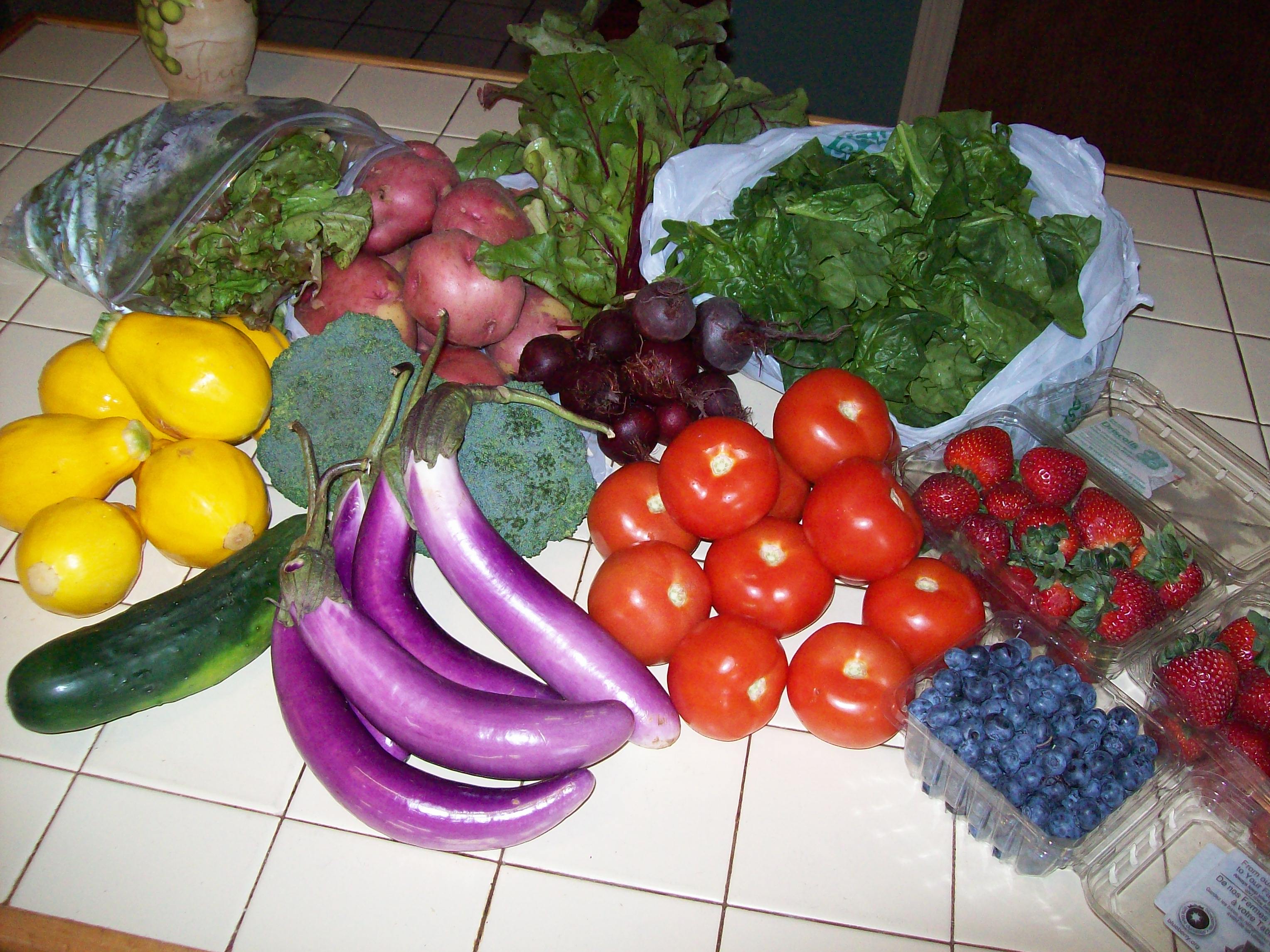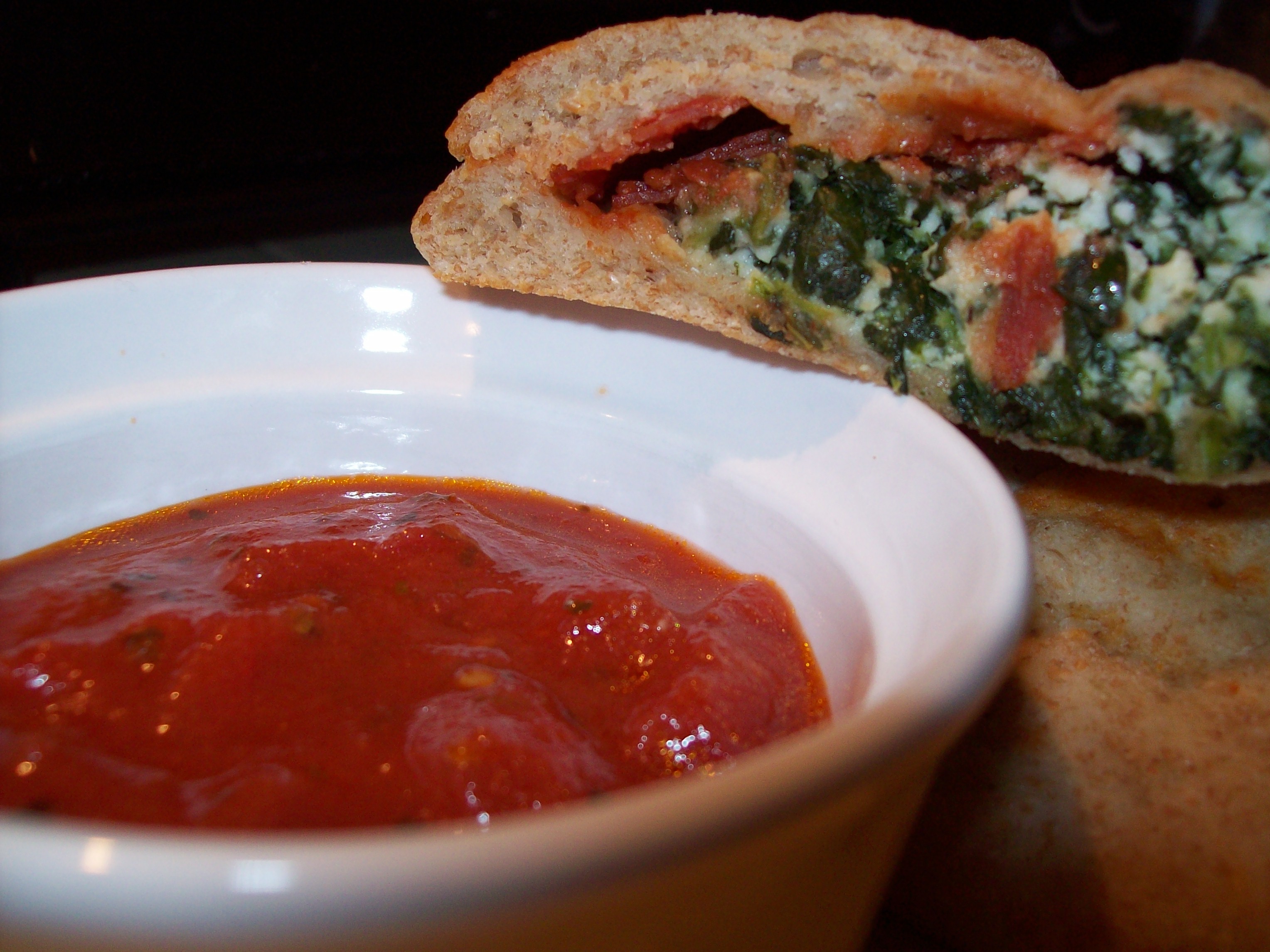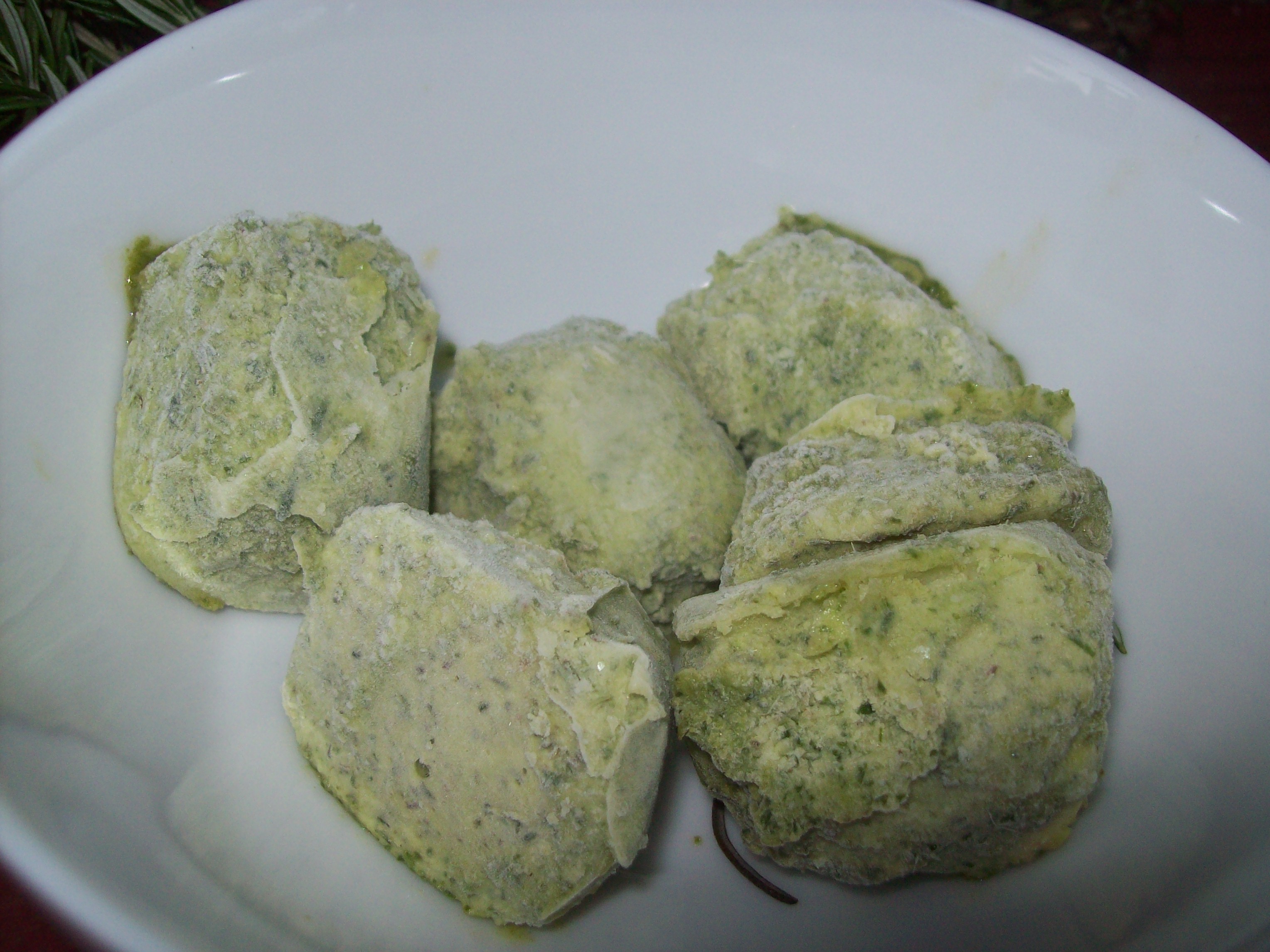The other day, I got a slightly anxious message from my best friend, C.: “You need to call me because I am DROWNING IN PRODUCE.”
A phone call later, I was able to easily diagnose C.’s problem. She’s suffering from what the NY Times has brilliantly termed “Vegetable Anxiety,” and she’s definitely not alone. (I mean, if the NY Times is writing about it, it’s probably not an isolated thing, right?) Lots of people have been asking me these past few weeks what they ought to do with their fruits and vegetables. So many of us are in this predicament because we either got a CSA share (as in C.’s case) and can’t keep up with the constant influx of fresh produce, or because (as in my case) we can’t resist the lure of the beautiful seasonal items on offer at the moment, and we want to buy ALL THE VEGETABLES. All of them. And we (okay, I’m really talking about myself here) just KNOW that we are going to do many, many wonderful things with those vegetables, and we are going to preserve them and smugly eat them all winter long, never worrying about where our next nutritious bite will come from, since we’ve squirreled away everything we’ll ever need.
Yeah. Something like that.
But look. Here’s the thing. Vegetable Anxiety is GOOD. It means that you value fresh food, and you want to make it last as long as possible. These are positive indicators, overall. The problem isn’t the anxiety, the problem is that we don’t always have a plan of action that feels as if we can conquer the veggie mountain. So I figured, we all need a plan. And I guess I’m just as good a person as any to come up with one…right?
This is NOT a plan that requires you to be one of those awesome canning, dehydrating, special-equipment-owning kitchen gurus. If you ARE one of those people, you have my respect and admiration, but you probably have already figured out what you’re going to do with your stuff…or you have much more eminently qualified websites that will tell you how to go about doing it. My own sister, D., is a canning person, and one day I shall make her teach me. One day. When I don’t have small children running around perilously close to all those hot things, and when I have lots of time to myself, and when I am not, myself, such a klutz that I’m justifiably terrified of handling things that may be hot, sharp, or explodey. (Yup. Made that word up. Embrace it.)
Rather, this is a plan for people like me, who have…not a whole lot of time to work on preserving foods, and who own very little in the way of specialized kitchen equipment but can probably shove some stuff aside in the freezer to make a little space. If that sounds like you, then read on for Part One of the plan, my friend, in which I tackle two of the more delicate items of the season.
1. Greens.
Step One: Decide which are delicate (spring mix, lettuces) and which are hardier (spinach, kale, swiss chard).
Step Two: Make a plan to eat the delicate ones. They’re not going to handle preservation of any kind very well. They DO, however, take well to cooking – surprise, surprise! So if you’re tired of salads, just throw a handful of your delicate greens into pasta, a vegetable stir-fry, or a frittata. You want to gently wilt them, not COOK them aggressively.
Step Three: Preserve the hardier ones.
A) Blanch in boiling water for 30 seconds to 1 minute. Drain incredibly well. Squeeze out remaining moisture. Freeze in airtight containers (Ziploc bags totally count).
B) Cook into things. I recommended my recipes for Spanikopita Casserole and Pepperoni-Spinach Calzones to C. – the calzones in particular freeze really, really well as long as you bake them first.
C) Cream. If you sautee the greens, chopped, with a bit of diced onion and garlic, then hit them with heavy cream, nutmeg, salt, and pepper, you can pour the mixture into mason jars, cool it, and freeze it for a future quick side dish.
D) Make into pesto for freezing. Which brings me to the next segment.
2. Herbs.
Step One: Okay, there’s no particular step one. You can treat most of them pretty much the same.
A) Blend into different pesto-style offerings. If you don’t want to make a traditional pesto (which will freeze fine all on its own, by the way), take any herb you have and throw it into the blender with garlic, olive oil, salt, pepper, and water. The ratio goes something like this: ¾ cup of the fresh herb to 2-3 cloves of garlic, 4 tablespoons of olive oil, and 4 tablespoons of water. ½ tsp. salt, ¼ tsp. pepper. Something like that. Blend the heck out of it until it’s smooth, then pour into ice cube trays and freeze. You’ll get about 6 cubes from that amount of the herb. When they’re frozen, pop them out and put into Ziploc bags for better storage. Now you have fresh herbs, preserved, to use in any cooking you like for months on end.
B) Make compound butters. I was reminded of this trick by Justin of Eat My Asparagus, so hat tip to Justin tonight. I love to make compound butter, and it’s no harder, really than the herb cubes above. Just chop up (or process) about 4 tablespoons of fresh herbs, garlic if you like (totally optional – one clove will do), a pinch of salt and pepper, and mix with 1 stick of softened butter. When everything’s combined, scoop the butter onto parchment, wax paper, or plastic wrap and form it into a log. Wrap tightly and freeze.
C) Make syrups. Herb syrup is delicious and easy: 1 cup of water, ½ cup of honey, and about ¼ cup of your favorite herb (mint and basil work brilliantly for this). Bring everything to a boil in a medium saucepan, let it cook for 3-5 minutes, and then shut off the heat and allow it to steep for 10-15 minutes. Then you’ll want to finely strain the mixture to get all the bits of herb out, and you’ll have a lovely herb-flavored syrup that you can use for any number of things. It can be used to sweeten lemonade or iced tea, in cocktails, or as a nice accompaniment to fruit. I’ve been known to chop up fresh peaches and toss them into a little Mason jar with herb syrup, let it sit in the fridge overnight, and eat it for breakfast the next morning. But whatever you may choose to do with your syrups, they’ll last in the refrigerator for several weeks, and they’ll freeze for a good six months or more.
That’s tonight’s preservation primer — and now I’m just CERTAIN you’re all feeling slightly calmer, with two whole categories of seasonal produce taken care of and barely a sweat broken. Next week we’ll tackle some more vegetables, so if you have any special requests (help! drowning in eggplant!), please feel free to either leave me a comment here, or head on over to the RRG Facebook page, where I’ve been dispensing more immediate, case-by-case advice. I leave you tonight armed with at least part of a plan, and this affirmation:
You’re good enough…you’re smart enough…and doggone it, you deserve to preserve.




Another way to preserve herbs is to dry them. No need to have them hanging from your ceiling collecting dust or turning moldy when the weather gets damp. Layer them on a piece of paper towel and put them in the microwave. Depending on your microwave, heat them on high for 1 to 3 minutes, fluff them a bit, change the paper towel if it is soggy, and microwave again for 1 to 3 minutes. Repeat until completely dry. But be careful! I’ve had oregano catch fire once when I kept zapping them a little too often and too long! Once completely dry, let them cool and store in an airtight container. You can also do the same thing in a warm oven (without the paper towel!). Heat oven to about 200 or so, turn off then place herbs in oven to dry. Takes a little longer than microwaving them. Dry the herbs with the leaves still on the stems. Once dry, it is easy to strip the leaves off of the stems.
Nice!!! I love that tip. I didn’t know any other way to do it besides hanging them, which has not historically worked out well for me, so thanks for sharing, Nina!
Yes these tips do help and are nice now that they are written down for me to keep referring to!
So glad they’re helpful! Coming soon, more veg… 🙂
This is so helpful! Thank you for posting! I’m in exactly the same boat as C.
Oh, so sorry to hear you’re in that boat…but glad I can offer a life preserver! Any special requests for the next set of tips?
[…] my first post about preserving summer produce, I mentioned veggie anxiety — that pervasive fear we all seem to suffer from, to one degree […]